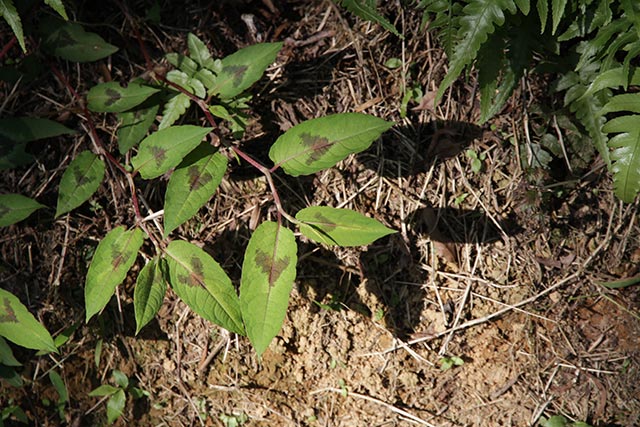
"The present study is the first report on anti-influenza virus activity of P. chinense and identification of the active components," the researchers declared in their report.
Influenza, a viral infection that usually affects the upper respiratory tract, can pose a serious economic burden. In the U.S., seasonal influenza epidemics cost the economy around $71-167 billion per year in hospital and health care costs, as well as lost productivity. Each year, influenza affects up to 15 percent of the global population with upper respiratory tract infections. While most people recover without any medical treatment, influenza-related deaths still range between 250,000 to 500,000 every year, in particular among the elderly, very young, and chronically ill. These figures, however, do not provide a full picture of the impact of the disease, as data from developing countries indicate much higher rates.
Currently, influenza viruses are divided into two groups: A and B. The swine flu that infected many people around the world in 2009, as well as this year's flu season, is under influenza A. The "Spanish flu" pandemic, which killed at least 40 million people and is one of the worst pandemics in recent history, was caused by an influenza virus.
The present drugs for treating influenza, according to the researchers, is limited – in particular, long-term use has been known to increase toxicity as well. Researchers took this into account and looked for novel treatments to safely treat the condition.
For the study, researchers used both the methanol (MeOH) extract and organic solvent layers of the Chinese knotweed. In their preliminary studies, they found that the ethyl acetate layer exhibited antiviral activity. This was then isolated using repeated chromatography tests to extract eight pure metabolites, which were identified using NMR and MS spectral data. The team studied that anti-influenza activity of the metabolites was evaluated against the following virus strains: A/Puerto Rico/8/34 (H1N1, PR8), A/Hong Kong/8/68 (H3N2, HK) and B/Lee/40 (Lee), respectively, and determined the efficacy of each metabolite using cytopathic effect (CPE) and plaque inhibition assays. Tests were also done to evaluate each active ingredient's ideal mode-of-action.
Researchers found the MeOH extract of the Chinese knotweed exhibited moderate inhibition of influenza viruses with no toxic side effects to cells. This indicated that it could potentially be used for long-term treatment without harming the body. The findings also revealed that all metabolites that were isolated from the plant had antioxidant and antifungal activities. Three of these metabolites – ellagic acid, methyl gallate, and caffeic acid – displayed significant anti-viral property against the pathogens. Ellagic acid and methyl gallate work to suppress the viral life cycle early one, while caffeic acid targets a specific protein in the virus, which inhibits both wild-type and OSV-C-resistant strains.
"Our study suggests that the multi-functional botanical materials of P. chinense could be promising inhibitors of influenza A and B viruses and applied to [the] development of a novel herbal medicine," they concluded. (Related: Four amazing research-proven reasons you should be consuming resveratrol.)
Find more herbs that can treat influenza by following Herbs.news today.
Sources include:
BMCComplementAlternMed.BioMedCentral.com
Please contact us for more information.























